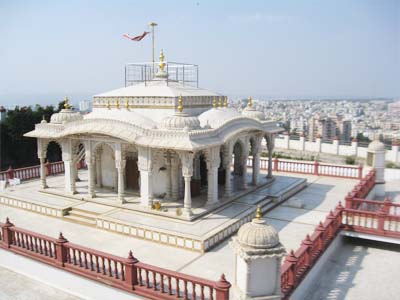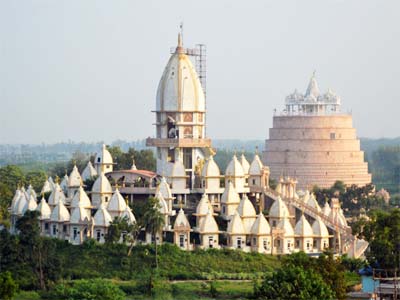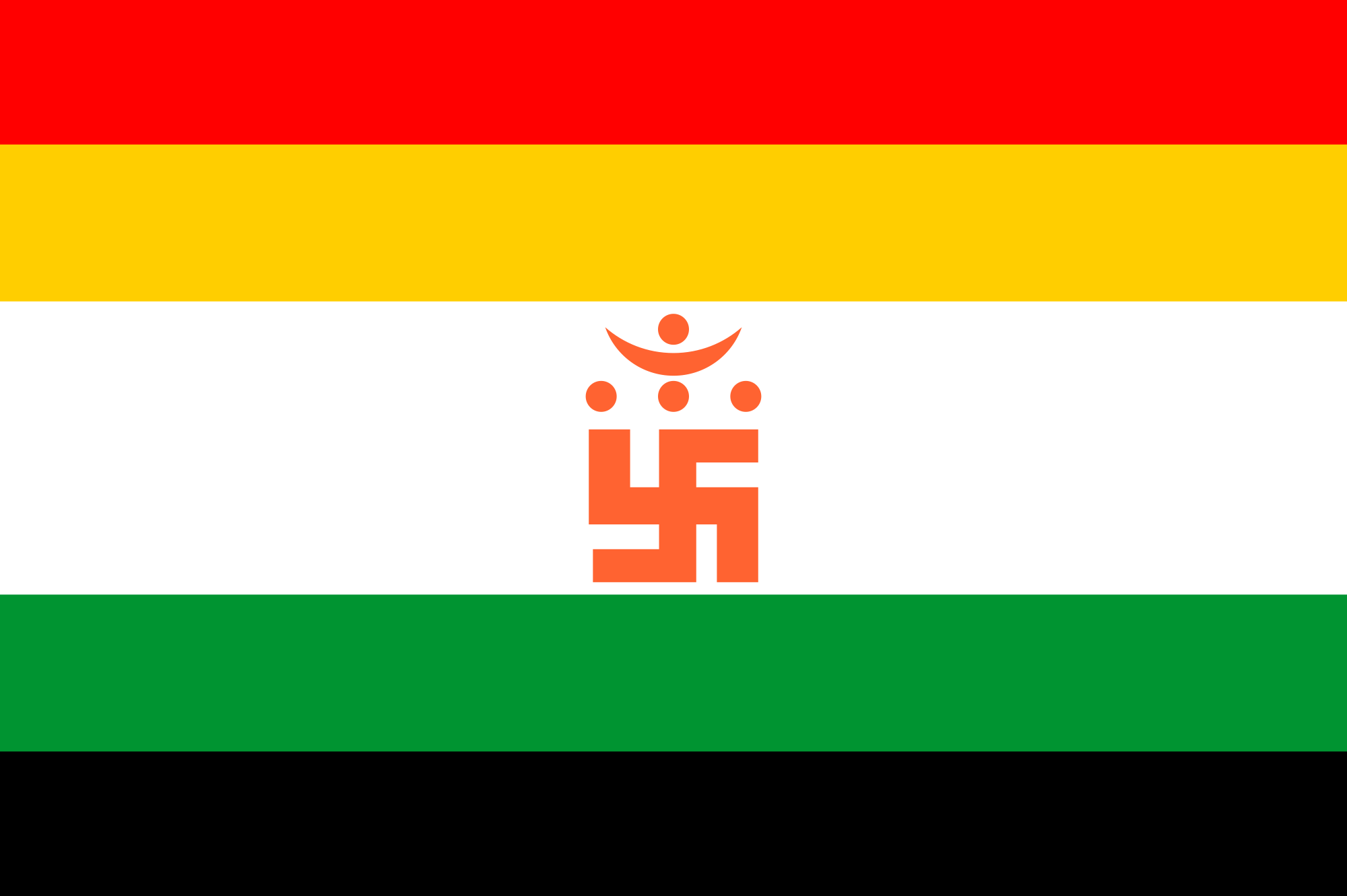Jain Tirth
Jain Tirth
Jain Tirths are those temples which were constructed more than 100 years back where jain thirthankars have passed through one or more of panchkalyank (Chyavan, Janma, Diksha, KevalGyan, Moksha). These are the most renowned and blessed places in Indian history whose once darshan only can bring immense changes in one’s life.
What is Tirth ?
Tirth is a way that helps to overcome the perpetual wheel of birth & death, to come out from the mesh of worldly affairs and to get free from mundane afflictions. All the 24 Tirthankaras have shown this way in practical in their life, by precepts (Education) delivered by them in Samavsharana. They are also called Jina, because they have won the Karma, both the external & internal – the Bhav Karma (affection & aversion, anger, proud, greed etc.) and attained the salvation, full and final liberation from world.
So the entire life of Jina & their precepts are also called Tirth. The places related to the Garbha, Janma, Deeksha, Gyan (Jnan) & Moksha Kalyanakas of various Tirthankaras and places where an ascetic saint attained Kevalgyan or salvation are also called Tirth being sacred due their Tapa (Penance) & practice of self-control.Tirth gives the message of non-violence, truth, non attachment without speaking and thus brings the man on right path.
Types of Tirth Jains accept the three types of TirthKshetras as under –
❋ Nirvan Kshetra or Siddha Kshetra
❋ Kalyanaka Kshetra
❋ Atishaya Kshetra
-Nirvan Kshetra or Siddha Kshetra

Pavapur Nirvan Kshetra
The places of salvation of any Tirthankara or an ascetic saint or more. In world preaches of all the sacred texts, Vrata, Tapa, penance, meditation; all are aimed to get freedom from world. This is the only & final object of human pursuit. So the place of salvation becomes sacred. After salvation Gods of heaven (Dev) come there for worship. Indra (The King of heaven) makes a symbol at that place. Followers or devotees place the images of feet there to memorize the event. Devotion & faith of public towards NirvanKshetras is always greater than other TirthKshetras. Kailashgiri, SammedShikhar, Champapur, Pavapur, Girnargiri are the places of salvation related to Tirthankaras. Mangi-Tungi, Sonagiri, Muktagiri etc. are other NirvanKshetras related to ascetic saints other than Tirthankaras.
+Kalyanaka Kshetra

Hastinapur Kalyanaka Kshetra
These are the places related to Garbha (Conception), Janma (Birth), Tapa / Deeksha (Accepting the penance), Gyan (Knowledge) Kalyanakas of Tirthankaras. Some of such places are Hastinapur, Ayodhya, Shauripur etc.
+Atishaya Kshetra

Padampura Atishaya Kshetra
Such TirthKshetras where a miracle or wonder is happened or seen about the temple, idol or place are known as AtishayaKshetra. Some of famous AtishayaKshetras are Shri Mahaveerji, Tijara, Padampura, Hummacha, Gopachal, Khajuraho etc.
The places other than NirvanKshetra or KalyankaKshetra are all called Atishaya Kshetra. In beginning, generally only the footprints or foot images were kept on TirthKshetras and one or two temples were built there.
Later on the importance of temples felt more, so many temples were constructed at TirthKshetras.
In ancient times Stoopa, AyagaPatta, Dharma Chakra and Tirthankar idols with AshtaPratiharya were built & installed there and they were supposed the unique & essential parts of Jain Art, after 11th-12th century these became uncommon.
Now a day Tirthankara idols are carved alone, expressing the sentiments of eternal piece and non affection beautifully and in impressive manner.






